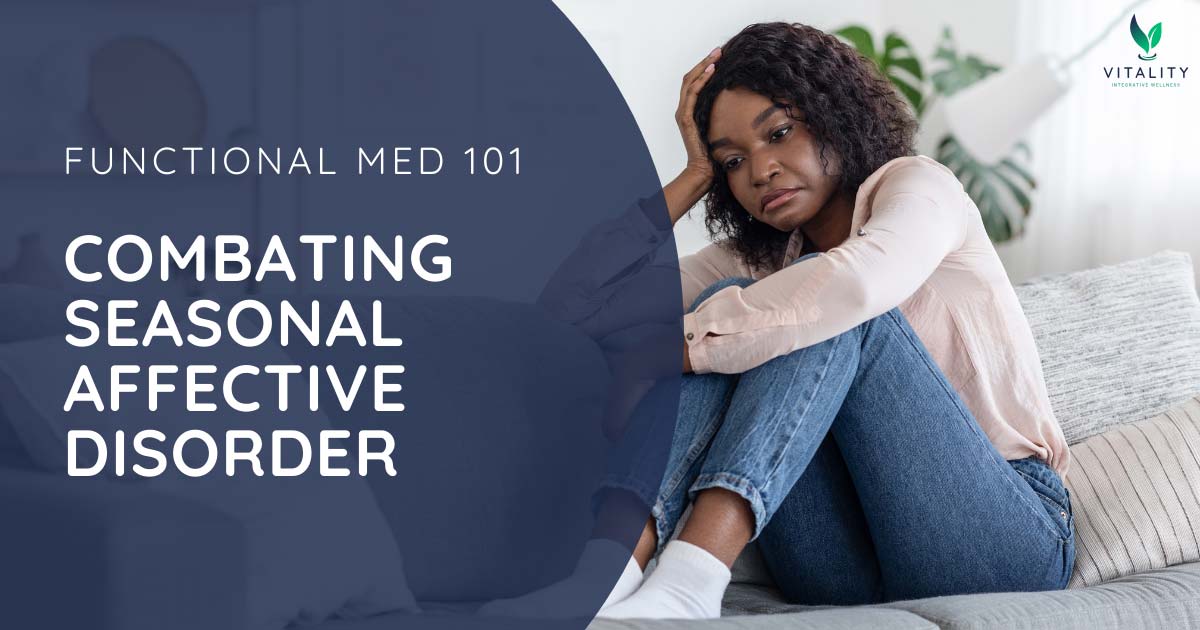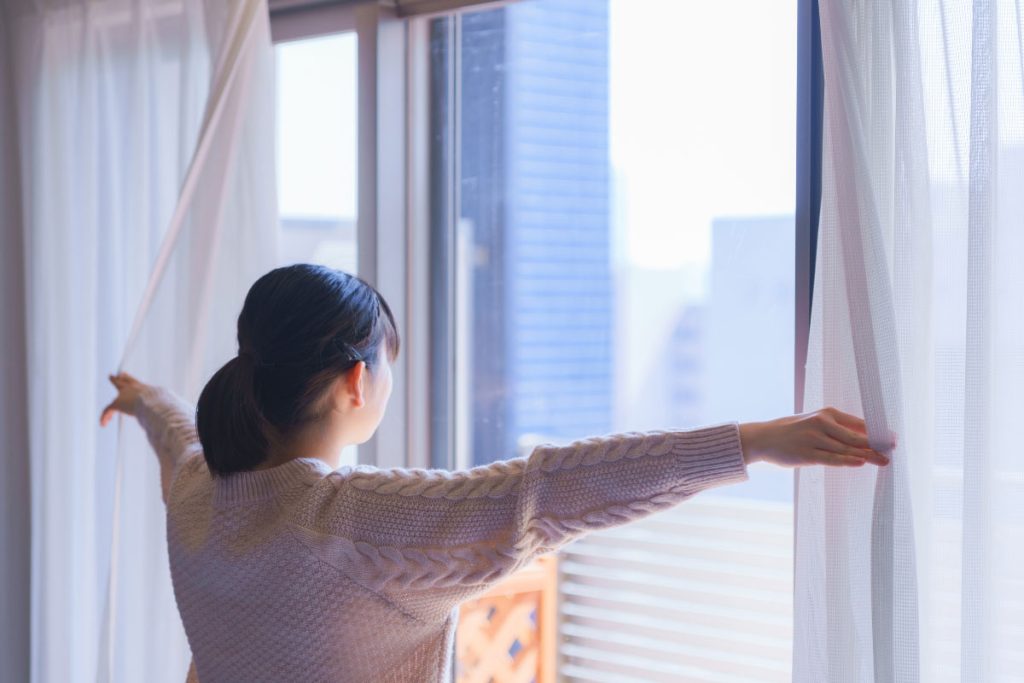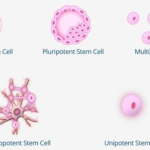
Understanding Seasonal Affective Disorder: Causes and Symptoms
When you first hear that you have Seasonal Affective Disorder (SAD), it can be confusing, especially if you've never experienced depression before. Most people aren't used to considering the impact the seasons can have on the human body. They aren't thinking, "It's that time of year again. Let me adjust my vitamins and add more activity to my routine."
The reality is that most people deal with a myriad of daily stressors, and that's where the blame usually falls. People with SAD may at first write it off as just being tired or feeling like they just need a weekend alone. But if you find your mood is consistently worse than normal when the seasons begin to change, it might be seasonal affective disorder.
What causes the SAD?
Symptoms of the condition can frustratingly last for a good chunk of the year, so it’s important to address them. And just like depression, the causes range from chemical imbalances to the brain struggling to regulate your mood. In addition, day-to-day stressors piling up on top of one another could cause prolonged states of fight-or-flight that deplete your body and mind.
Even though the exact reason people develop SAD isn’t known, it's commonly accepted that the main factor in seasonal affective disorder is a lack of sunlight in the fall and winter months.
Key things to understand about SAD:
-
- Symptoms include oversleeping, feeling listless, and being unmotivated. Other signs include carb cravings, weight gain, not wanting to do things you used to enjoy or thoughts of not wanting to live anymore.
- If you are experiencing SAD, you may also experience difficulty concentrating, getting tasks done, or feeling hopeless or guilty.
- Symptoms can last four to five months, typically during the late fall, winter, and early spring months.
- Seasonal affective disorder is a mental health concern and a subcategory of major depression and bipolar disorder.
- The cause stems typically from a variety of factors, as is the case with most mental health conditions. Effective treatment plans will rely on more than one approach, which makes integrative medicine the most practical approach to managing this condition.
That said, there are a few remedies that can help alleviate your symptoms and get you feeling like yourself again.
Light Therapy: A Bright Solution for Seasonal Depression

Bright light therapy has been used to treat Seasonal Affective Disorder (SAD) since the condition was given an official name in the 1980s.
But how can light therapy combat seasonal depression?
When patients come to us fed up with the winter blues, light therapy is one of our first suggestions as part of their treatment plan. Thirty minutes a day could increase serotonin levels, helping you feel more alert and ready to tackle life. It also works by decreasing melatonin production, which is the chemical that makes us sleepy.
Natural sunlight is the best form of light therapy. And while light from the sun is the natural way to keep your serotonin and melatonin levels in balance, on overcast days or shorter winter days, the extra light from a light box can be a big help.
How to Use a Lightbox
-
- The ideal placement for a light box is at a downward-pointing angle, with the light source sitting above your eyes to mimic the effect of natural outdoor sunlight.
- Typically, it's recommended that people with SAD use their lightbox every day for 20 to 30 minutes throughout the fall and winter for the best results. Consistency is key.
- However, it's important to talk to a healthcare provider before using light therapy if you have any other mental health concerns. For example, improper use can cause people living with bipolar disorder to experience manic episodes.
- When you use your light therapy box can vary, but it’s best to start by using it during the first hour of waking up in the morning. You'll want to keep a consistent schedule with whatever time you pick. However, using it too late at night can interrupt your circadian cycle. If you try one way and don't see improvements, make small changes every two weeks until you begin to reap the benefits.
The Role of Vitamin D in Combating Seasonal Affective Disorder

As the days grow shorter and sunlight becomes scarce, many individuals experience a dip in their mood. Vitamin D, often called the "sunshine vitamin," plays a pivotal role in combating the symptoms associated with SAD During the spring and summer, our bodies naturally synthesize vitamin D through exposure to sunlight. However, as daylight wanes in the fall and winter months, maintaining adequate vitamin D levels becomes more challenging.
There is mounting evidence from recent studies showing vitamin D does wonders for your psychological health. A recent University of Georgia researcher found that "vitamin D could have a regulative role in the development of SAD” and underscores the importance of proactively increasing vitamin D intake to offset the seasonal decline in sunlight exposure.
How to Increase Your Vitamin D Intake
Supplementation is a convenient and effective option to optimize your vitamin D intake. However, it's crucial to understand how to take vitamin D supplements for maximum absorption and efficacy. Since vitamin D is fat-soluble, taking it with a meal containing healthy fats can enhance absorption. Incorporating foods naturally rich in vitamin D or fortified with it can also contribute to your overall intake.
Consider adding the following foods to your diet to boost your vitamin D levels:
-
- Oily fish
- Salmon
- Mackerel
- Sardines
- Egg yolks
- Red meat
- Liver
At our clinic, we often integrate light therapy and vitamin D supplementation into our treatment plans for patients with SAD. This combined approach aims to address the condition's physiological and psychological aspects, promoting faster recovery and symptom relief.
However, our approach doesn't stop there. Recognizing the multifaceted nature of SAD, we emphasize the importance of exploring integrative treatment options tailored to each individual's needs. By addressing the root causes of SAD comprehensively, we strive to empower our patients to manage their symptoms effectively and regain control of their well-being.
Other Integrative Methods for Dealing with Seasonal Depression

Exercise
Exercise naturally improves your mood by releasing endorphins, which make you feel better and alleviate pain. On top of that, its positive effects on the body and mind only grow over time. Working out more gives you more energy, so you experience less fatigue. And less tiredness is very important because when you are experiencing SAD, fatigue can only exacerbate feelings of hopelessness. Not only does exercise release endorphins, but it also suppresses the release of the stress hormones cortisol and adrenaline.
Diet and supplements
Vitamin D isn't the only supplement that can help you find relief from SAD. Other herbs and vitamins that may help manage depression include omega-3 fatty acids, magnesium, vitamin B-12, lavender, hops, mayopop, lemon balm, and valerian.
Your diet is also crucial. Some foods may worsen your depression. Foods high in sugar and refined carbohydrates can quickly boost energy and just as quickly cause an energy crash. If your energy levels are hitting rock bottom repeatedly throughout the day, there's a good chance you'll feel miserable.
We can help you find the right foods to improve your mood and give you energy all day with a personalized diet plan. We'll provide you with suggestions for research-backed supplements that may help with your unique situation.
We also offer massage therapy and other integrative medicine practices that may help you find your joy again. Ready to get out of the doldrums? Contact our office to request a consultation today!


